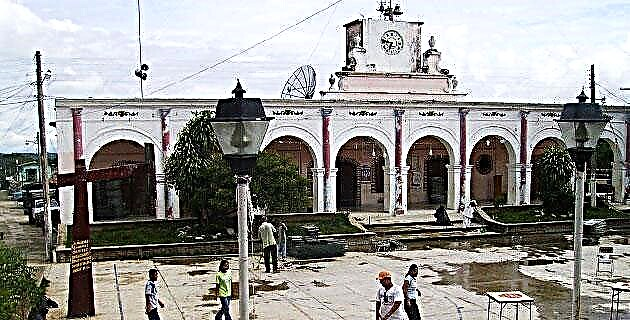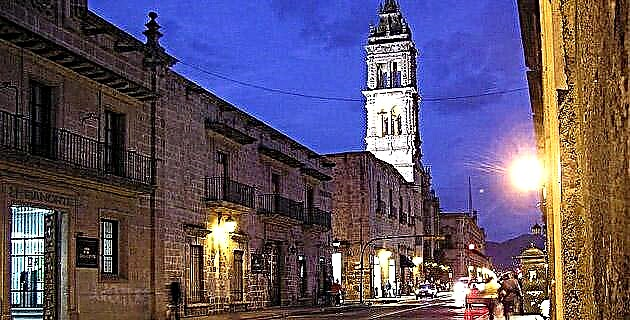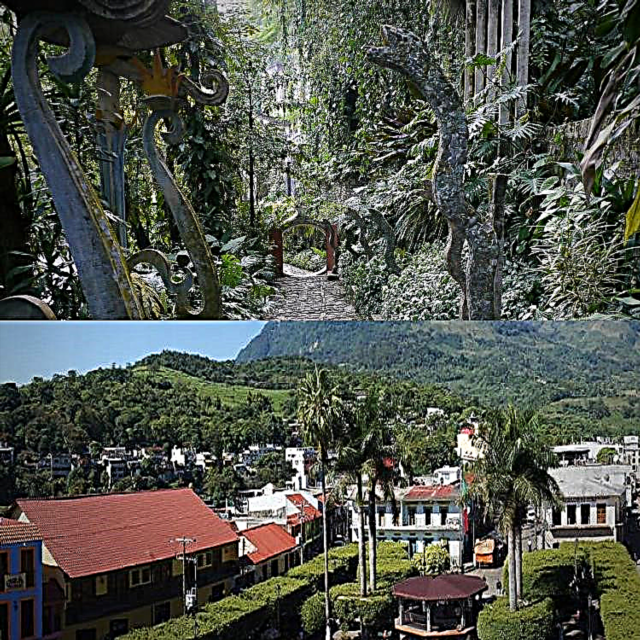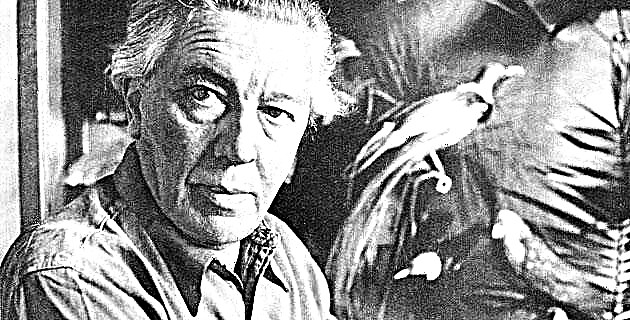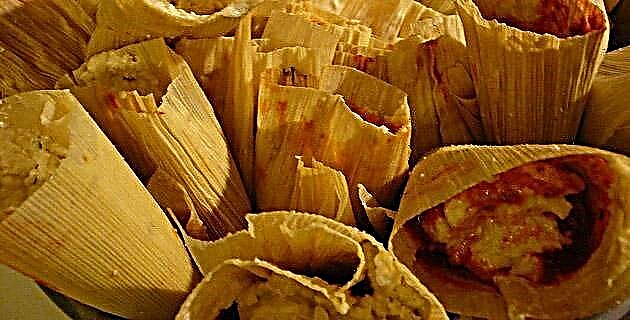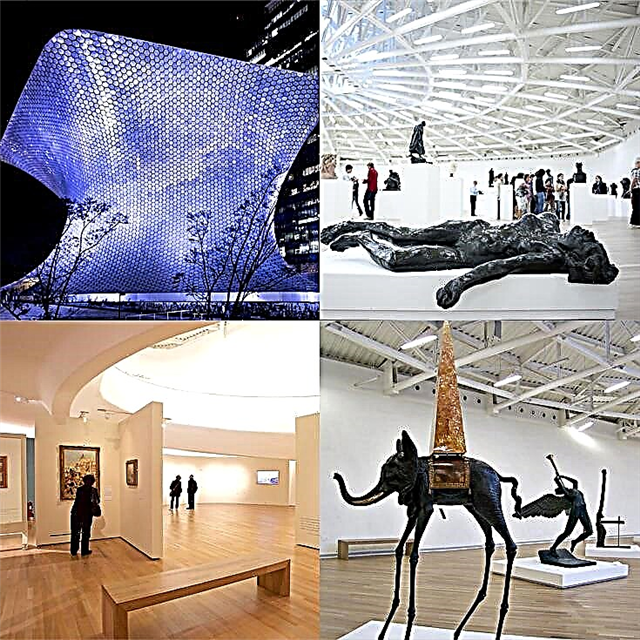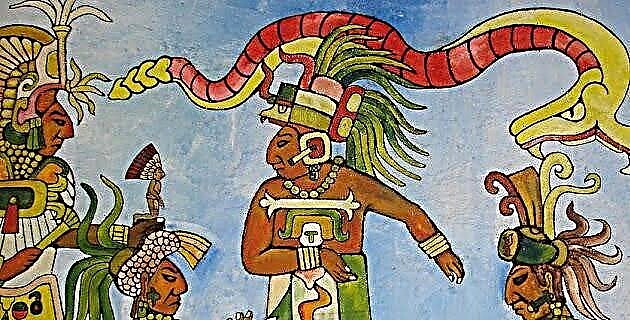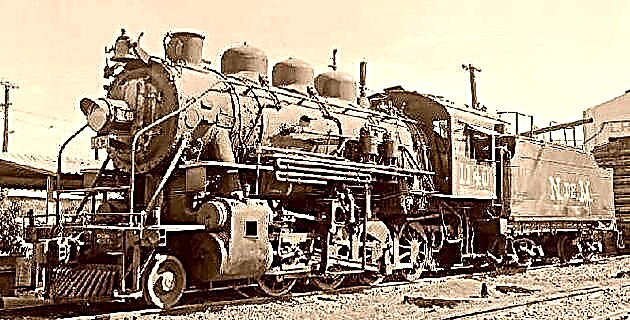
Few inventions have had an incidence and coexistence almost as perfect in Mexico as the railroad and photography.
Both were born, perfected and achieved much of their development in Europe, and their revolution was so fast and brilliant that it transcended the rest of the world. These creations of man were born with the attributes necessary to achieve success in breaking down the speed limits. The railway, from its beginnings, guaranteed a fast, safe and pleasant transportation; However, photography, in order to record moments in which the photographic snapshot revealed the fleeting essence of the man bent on the struggle to shorten distances, had to overcome many obstacles before enjoying the vertigo of speed.
The emergence of the railroad and photography occurred at a time of notable demographic growth and active industrial development in countries with a strong economic and social structure. Mexico, for its part, did not share these circumstances: it was going through a political instability in which two sides were fighting for power, the liberals and the conservatives. However, these new technologies proved widely that they offered the ingredients to surprise, convince and make themselves assimilate with a firm step, reaching important levels of perfection in their application, even in the Mexican national sphere.
It was at the beginning of the 1940s of the 19th century when the rail road project in Mexico became a reality, with a 13-kilometer stretch that connected the Port of Veracruz with the country's capital.
Flying almost in tandem with the news, it did not take long for the din of iron wheels on steel rails to spread throughout the country, which although it was thunderous, did not prevent hearing the powerful and penetrating whistle of the locomotive, a machine that As a new and vigorous creature, it would later make possible industrial and settlement development.
Like the railroad, the photographic process first appeared as news at the national level, and it was at the end of the third decade of the last century and at the beginning of the fourth when it was known that the photographic process called daguerreotype had arrived in Mexico. Taking as an image record, in the portrait genre, the Mexican bourgeoisie that could pay for this novel process, they paraded in front of the camera, in search of a new image of the social order, bankers, industrialists, owners of mines and agricultural estates , who came to feel like interpreters of history, since they could bequeath their portrait to posterity. In an environment so concerned with the immortality of the human face, a new profession is born, as in Europe, the picturesque photographic bohemia.
Thanks to photography it was possible to show in all its realism, both Mexico that served as a springboard for the incipient technological development, and the development itself that later brought with it the surprising new era of automation.
It was then that the image sculpted or painted as a result of the artist's hand proved incapable of giving a satisfactory picture of reality. As I already mentioned in the book "The days of steam", the railroad, in its chronological parallelism with photography, crossed its line of action to transport the camera through unsuspected corners of the country, eagerly registering the emerging towns of Mexico contemporary.
Later, photography would pay tribute to this effort by seeing the railroad systematically photographed on countless plates that today are part of public and private archives. These bring together the creative heritage of numerous foreign and national photographers who, for the realization of their work, incorporated an extensive range of cameras and not a few photographic techniques, obtaining images that soon exceeded the writer's field of action, since they can speak for themselves. same of a fast and efficient evolution. The photographic images referring to the steam railway that the INAH photo library now guards, have suggested to me a singular reunion in which the railway and photography share the Mexican scene. Soon, photography would show signs of such a development, which led to the establishment of photographers in the main streets of cities in the nascent populations.
In Mexico City, for example, in the forties of the last century, photographers, mainly foreigners and to a lesser number nationals, who were located in the central streets of Plateros and San Francisco, many of them from they temporarily installed in hotels and advertised their services in local newspapers.
But two decades later, more than a hundred photographic studios were working, both inside and outside their establishments, using methods faster than daguerreotypes, such as the positive negative process with wet collodion in which, printing by contact, they were used papers in which the vehicle of the silver salts that carry the image were albumin and cord, both in a self-printing process that required considerable time to obtain the copy, characterized by its sepia tones and purplish tones, being less frequent the cyan tone produced by iron salts.
It was not until the mid-eighties when the dry gelatin plate appeared, which makes the photographic process more versatile and makes it available to thousands of photographers, who not only with a pictorialist intention, but rather as a practice of illustrated photojournalism, manage to reach throughout the length and breadth of the country.
Thanks to the railway, the camera professionals made an appearance in the different regions of the country. They were mainly foreign photographers, whose task was to photograph the railway system, but they did not neglect the opportunity to record the landscape and daily life of Mexico at that time.
The images that illustrate this article correspond to two associate photographers, Gove and North. In a singular composition, they let us see the seller of pots posing on a section of rail road, or else, they make us aware of the magnificence of the railway infrastructure for the construction of bridges and tunnels; in another graphic, stations and trains evoke a romantic atmosphere. We also see characters related to the railway who chose the open lobby of a passenger car to pose.
In Mexico, railroad and photography, closely related, witness the passing of time through images painted by light, which, as a change of track, suddenly cut and deviate the present to go back to the past, defeating time and oblivion.
Source: Mexico in Time # 26 September / October 1998

